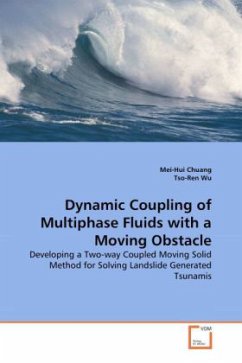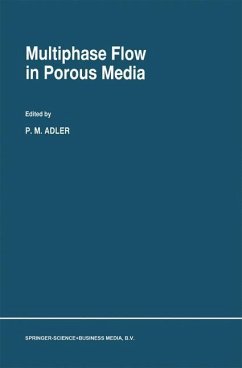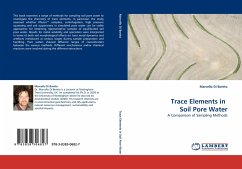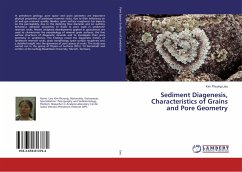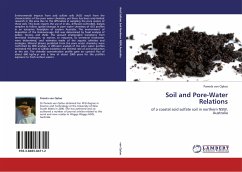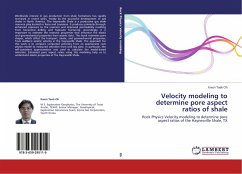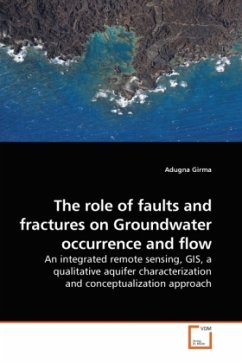
Predictive Pore-Scale Modelling of Multiphase Flow
The use of geologically realistic networks to predict the flow properties for a variety of porous media
Versandkostenfrei!
Versandfertig in 6-10 Tagen
38,99 €
inkl. MwSt.

PAYBACK Punkte
19 °P sammeln!
Flow properties for a variety of porous media canbe predicted using pore-scale modelling withgeologically realistic networks. A state of the artpore-scale network model is developed for thispurpose. It combines topologically disorderednetworks that represent real systems with detaileddisplacement mechanisms for any sequence of water andoil flooding, and any wettability. The model isverified by successfully predicting experimentalrelative permeability from a well described water-wetBerea sandstone. More complex experimental data aresubsequently investigated. By developing amethodology combining...
Flow properties for a variety of porous media can
be predicted using pore-scale modelling with
geologically realistic networks. A state of the art
pore-scale network model is developed for this
purpose. It combines topologically disordered
networks that represent real systems with detailed
displacement mechanisms for any sequence of water and
oil flooding, and any wettability. The model is
verified by successfully predicting experimental
relative permeability from a well described water-wet
Berea sandstone. More complex experimental data are
subsequently investigated. By developing a
methodology combining realistic network topology with
network properties tuned to easily obtainable
experimental data such as mercury injection capillary
pressures, the flow properties for several porous
media can successfully be predicted. This is
initially applied to a water-wet sand pack. The aim
of this work is not simply to match experiments, but
to use easily acquired data to predict
difficult-to-measure properties. Furthermore, the
variation of these properties in the field, due to
wettability trends and different pore structures, can
now be predicted reliably.
be predicted using pore-scale modelling with
geologically realistic networks. A state of the art
pore-scale network model is developed for this
purpose. It combines topologically disordered
networks that represent real systems with detailed
displacement mechanisms for any sequence of water and
oil flooding, and any wettability. The model is
verified by successfully predicting experimental
relative permeability from a well described water-wet
Berea sandstone. More complex experimental data are
subsequently investigated. By developing a
methodology combining realistic network topology with
network properties tuned to easily obtainable
experimental data such as mercury injection capillary
pressures, the flow properties for several porous
media can successfully be predicted. This is
initially applied to a water-wet sand pack. The aim
of this work is not simply to match experiments, but
to use easily acquired data to predict
difficult-to-measure properties. Furthermore, the
variation of these properties in the field, due to
wettability trends and different pore structures, can
now be predicted reliably.



